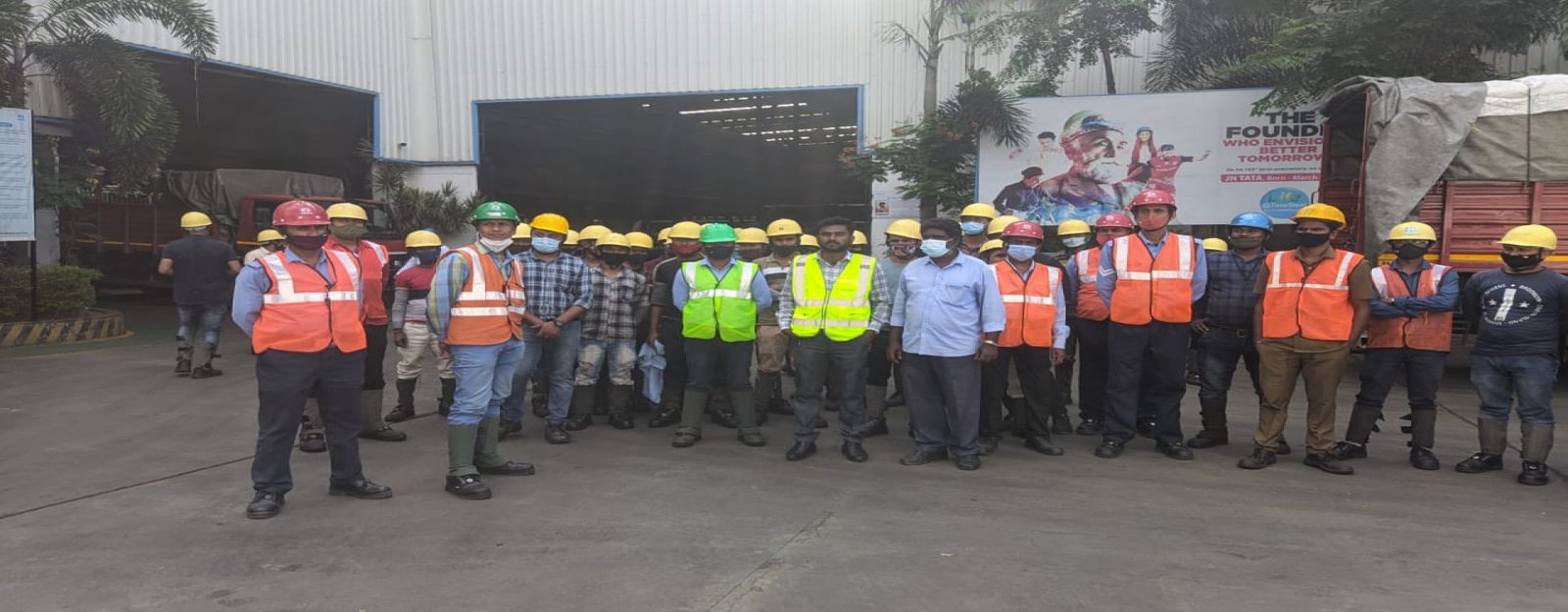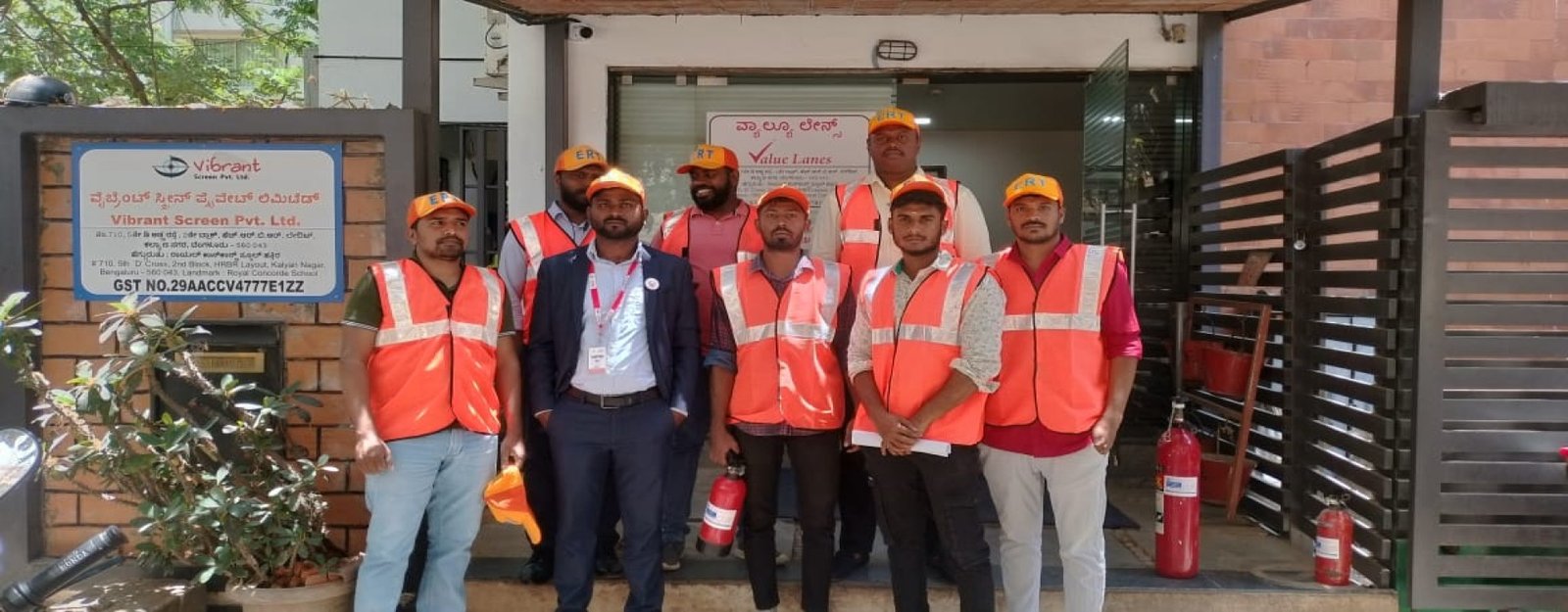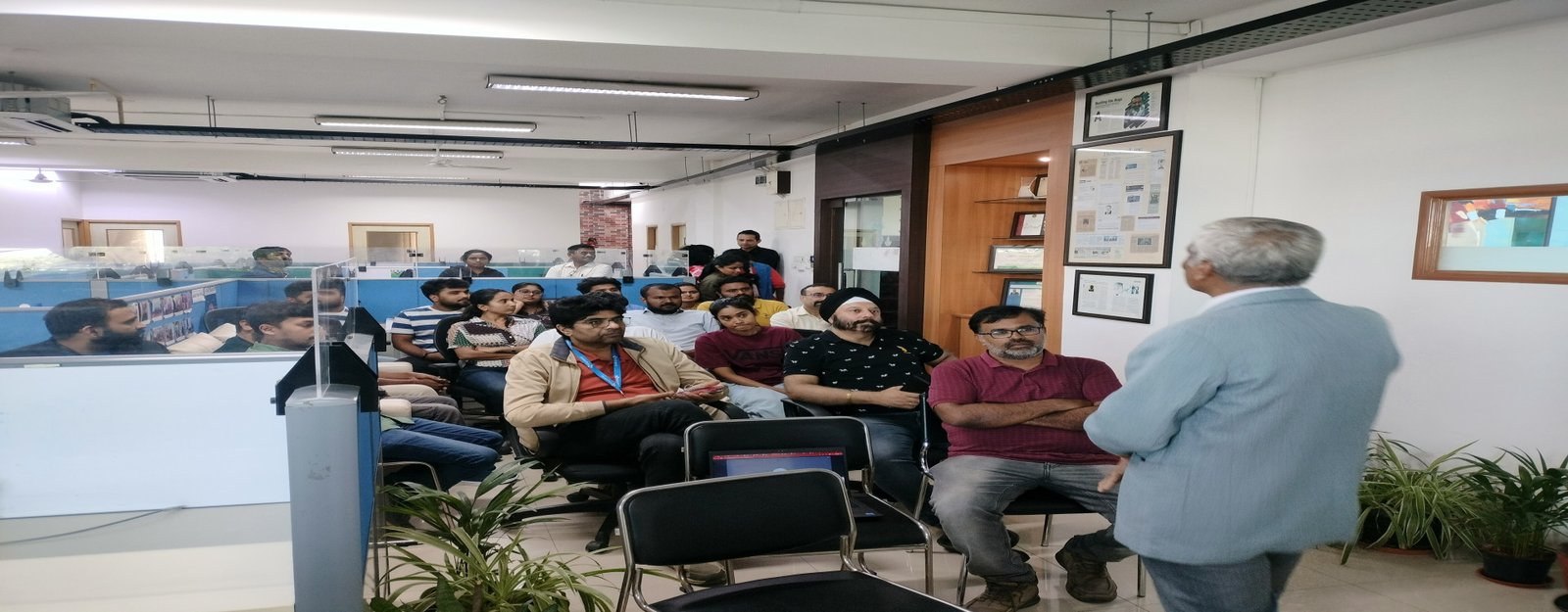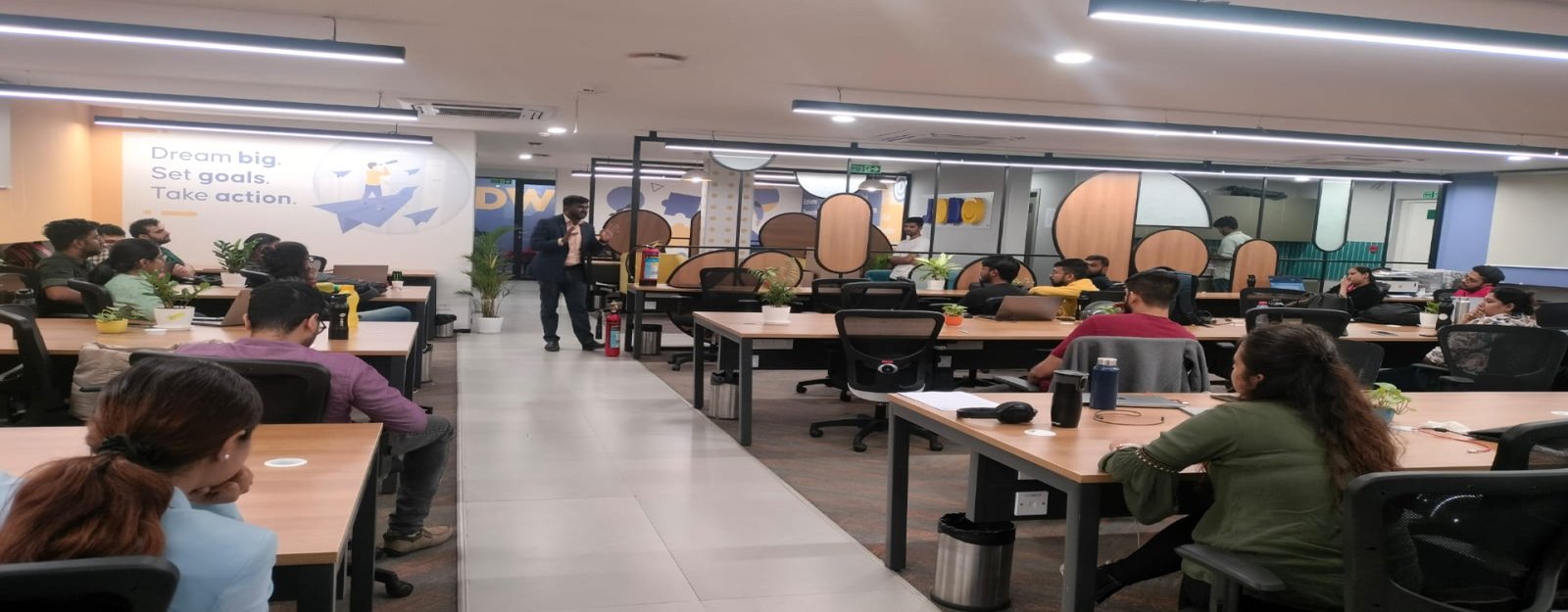The SafeTalk Academy
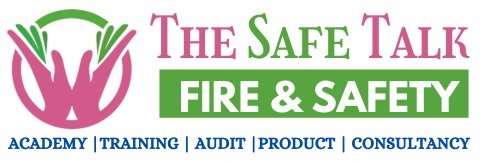
Emergencies and unforeseen incidents can occur at any time in workplaces, industries, commercial complexes, educational institutions, or public spaces. The ability to respond quickly, confidently, and effectively determines the difference between safety and catastrophe. This is where Emergency Response Team (ERT) Training becomes invaluable.
At The Safe Talk Academy, we provide specialized ERT Training programs designed to equip participants with the essential knowledge, practical skills, and leadership qualities required to handle fire, medical, environmental, and workplace emergencies. With years of expertise in industrial safety, firefighting, first aid, and emergency preparedness, our academy ensures that organizations build highly capable response teams ready to act under pressure.
Our ERT Training is more than just a compliance requirement – it is a strategic investment in workforce safety, organizational resilience, and risk management.
An Emergency Response Team (ERT) is a trained group of employees or designated personnel within an organization responsible for managing and responding to different types of emergencies. Their role is to:
An effective ERT reduces downtime, minimizes injury, prevents property damage, and most importantly, saves lives.
1. Legal and Regulatory Compliance – Many industries are required under local and international safety laws to establish an emergency response framework. ERT training ensures compliance with occupational health and safety standards.
2. Preparedness and Prevention – Emergencies escalate when people panic. Training develops calm, disciplined responders who know exactly what to do in high-stress conditions.
3. Minimizing Losses – Quick intervention reduces damage to assets, machinery, and infrastructure, while protecting employees and visitors.
4. Boosting Organizational Reputation – Companies with proactive emergency planning demonstrate responsibility and attract trust from clients, stakeholders, and employees.
5. Saving Lives – Above all, a trained Emergency Response Team can mean the difference between life and death in critical situations.
The Safe Talk Academy’s ERT Training program has clear, practical objectives:
Our ERT Training curriculum is structured to cover all critical aspects of emergency preparedness and response. Modules are customized according to industry type, risk level, and client requirements.
1. Introduction to Emergency Preparedness
2. Fire Safety & Firefighting Techniques
3. Evacuation and Emergency Communication
4. Search & Rescue Operations
5. First Aid and Basic Life Support (BLS)
6. Chemical Spill and Hazardous Material Response
7. Incident Command System (ICS) & Leadership Skills
8. Mock Drills & Scenario-Based Training
We follow a practical, hands-on training approach that combines theory with real-life scenarios. Our methods include:
This interactive methodology ensures participants not only learn concepts but also develop the confidence to apply them effectively.
The ratio of Emergency Response Team (ERT) members isn’t the same everywhere — it depends on local regulations, type of industry, risk level, and workforce size. But here are the standard benchmarks most organizations and safety codes follow:
👉 1 ERT member for every 20–25 employees.
👉 1 ERT member for every 30–40 employees.
👉 Minimum 10% of total employees trained as ERT members.
👉 Ensure the ratio applies per shift, so each shift has full ERT coverage.¥
ERT Training is recommended for:
To be compliant, your ERT program should address or integrate the following:
You must identify all applicable laws, rules, and regulations that govern your operations, safety, environment, and emergencies, and maintain a “legal register” that is periodically updated.
You must assess potential hazards (fire, chemical spill, structural collapse, medical emergencies, etc.), determine vulnerabilities, and define mitigation/control measures.
Create documented plans: activation procedure, roles, communication, resource mobilization, evacuation, rescue, and medical response. For chemical units, on-site and off-site plans.
Define roles: Incident Commander, response team, communication team, evacuation marshals, medical responders. Document responsibilities.
Periodic training for ERT members, regular drills for the entire workforce. Under the Factories Act, periodic mock drills may be mandated.
Provision of first aid boxes, ensuring trained first aiders are present. Under the Factories Act (Section 45) and in the OHS code.
Fire extinguishers, alarms, sprinklers, safe egress paths, emergency lighting, fire doors, etc. Inspect, maintain, test. Comply with building code & fire safety norms.
Connect with local fire department, police, and medical services. For chemical accidents, coordinate with the State Crisis Group and authorities.
Regular internal audits and inspections, track deviations, and take corrective action. Top management is to review compliance periodically.
Keep records of drills, training, incidents, and compliance checks. Report to authorities as required under law
Upon completion, participants will:
Choosing the right training partner ensures your investment in safety is worthwhile. At The Safe Talk Academy:
Our mission is not only to train but also to empower individuals and organizations to create safer environments for everyone.
An emergency can strike at any moment, and the consequences of being unprepared can be devastating. Building a trained, confident, and efficient Emergency Response Team is a vital step towards organizational safety and resilience.
At The Safe Talk Academy, our ERT Training program equips participants with the knowledge, skills, and leadership qualities to handle emergencies of any scale. Whether it’s a fire breakout, medical emergency, or industrial accident, your workforce will have the expertise to respond swiftly and effectively.
By investing in ERT Training with us, you are not just complying with regulations – you are ensuring the safety of your people, the protection of your assets, and the continuity of your operations. Empower your team. Prepare for the unexpected. Choose The Safe Talk Academy for your Emergency Response Team Training.
ERT training involves teaching your workforce essential skills to respond effectively to emergencies, including evacuation procedures, fire safety, first aid, and incident management.
Yes, our ERT training programs are customized to address the unique safety requirements of your organization.
Yes, our training programs adhere to all necessary legal and regulatory standards for safety training.
Our trainers are highly experienced with in-depth knowledge and real-world insights into emergency response management
ERT training will equip your team with vital emergency response skills, enhance your organization's safety culture, and help meet your legal safety training obligations.
It's advisable to conduct ERT training annually to ensure that employees' skills and knowledge remain up-to-date.
Yes, our ERT training includes hands-on exercises to provide a practical understanding of emergency response procedures.
Yes, we provide certificates to all participants who successfully complete our ERT training program.
